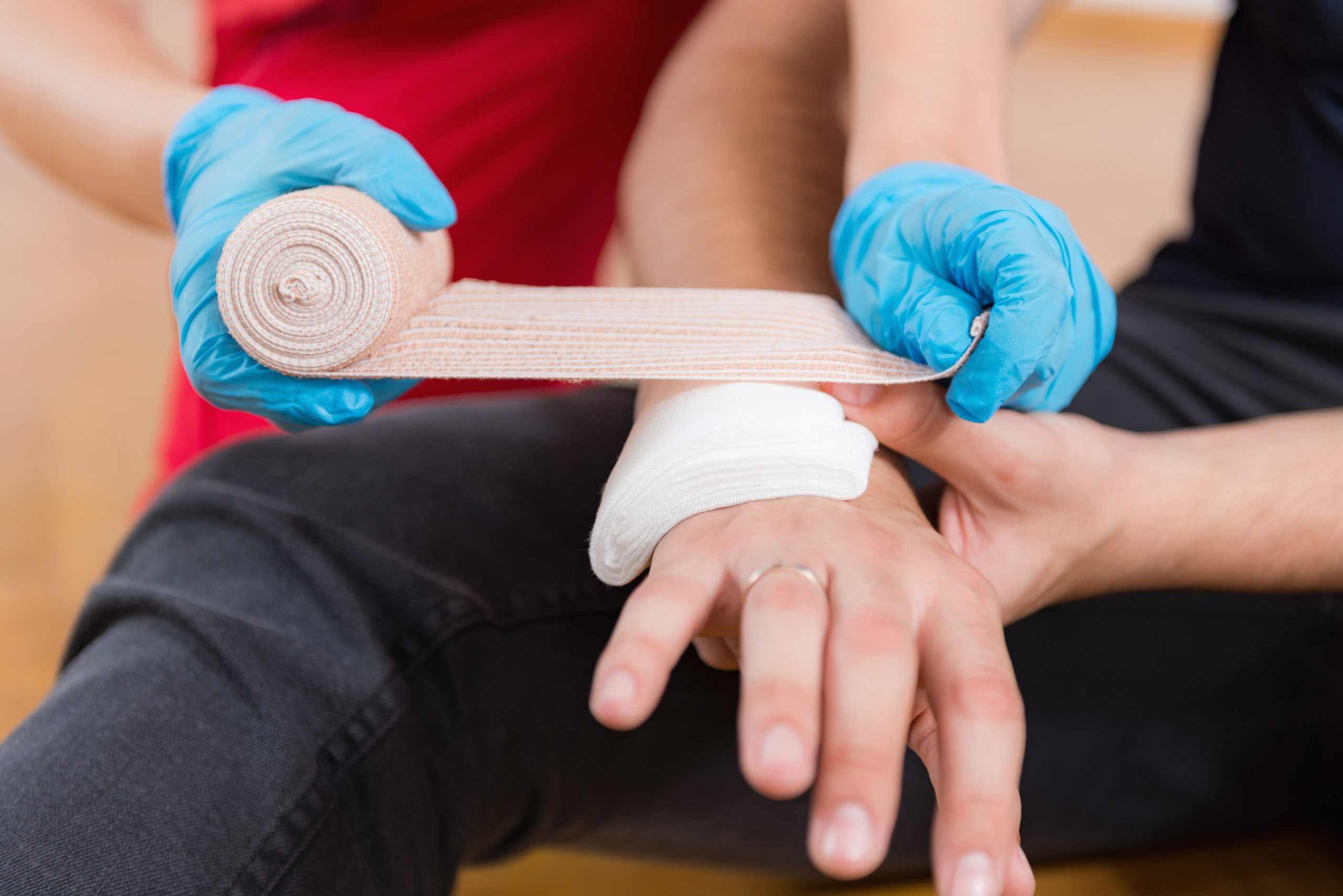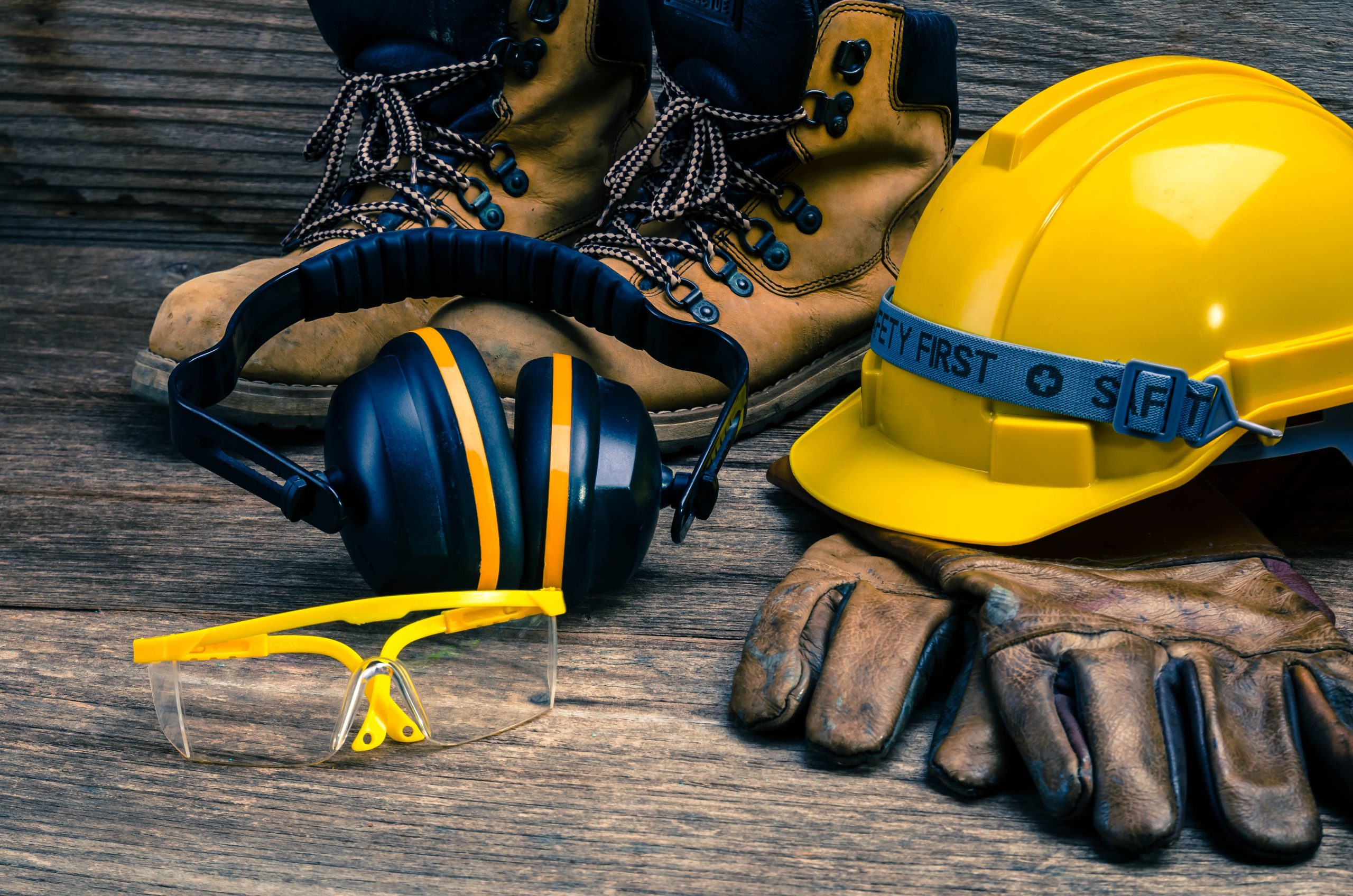Description
It is assumed that learners can read, write and communicate in one of the official languages at NQF Level 1. Unit Standard ID 117391
Outcomes
Empower the learner to do proper investigations
Chapter 1
Introduction to Occupational Health
Diseases – Symptom Manifestation
Sources of Health Hazards
Sources of Safety Hazards
Safety vs Security
Chapter 2
Incident vs Accident?
Structure of the Act
Regulations
Introduction to standards
Organisational Structure
Health and safety committee structure
Documents and records
Chapter 3
Employers duties to employees
Inform H&S Reps of investigation
Functions of health & safety representatives
Health & Safety committees
H&S Committees to discuss workplace incidents
H&S Committee meetings and records
Chapter 4
Report incidents to the inspector
Victimisation forbidden
Report incidents and diseases
Reporting of risk and emergency
Report incidents to employer
Employees to report injuries
Proof of certain facts
Chapter 5
Employers: Recording and investigating of incidents
Incident caste study
Disturbing incident site / scene
Consequences -offences, penalties and special orders of court
Offences and penalties
Chapter 6
Report Witness at DoL inquiry
Investigations by Inspectors
Formal inquiries by inspectors
Joint inquiries by inspectors
Obstruction of investigation or inquiry
Chapter 7
Reporting – purpose
Reporting – Incident types
Reporting – Investigating old incidents
Reporting – Guidelines
Reporting – Danger of zero incidents
Reporting – Immediate report / response
Reporting – Victimisation of employees
Reporting – Why employees to not report
Chapter 8
Legal Report Forms
Possible fraudulent reports
Chapter 9
Causes of incidents
Causal chain – Domino Sequence
Chapter 10
The root cause analysis process
Chapter 11
Investigation – Reasons
Investigation – for defence or prosecute
Investigator – Appointment
Investigation – tools and resources
Chapter 12
Investigation – overview
Investigation – Manage the interview
Investigation – Interview plan
Investigation – Question types and Listening skills
Chapter 13
Investigation – purpose and types
Investigation – statement considerations – practical
Investigation – statement considerations – legal
Investigation – witness selection
Investigation – witness input
Investigation – signatures
Incident caste study
Chapter 14
Investigation – the 9 steps
STEP 1 – Assemble the Investigation Team.
STEP 2 – Visit the Scene.
STEP 3 – Gather the Information.
STEP 4 – Collect Evidence and Exhibits.
STEP 5 – Take Statements and or Affidavits.
STEP 6 – Isolate and identify the “Root Cause/s”.
STEP 7 – Make Recommendations.
STEP 8 – Complete the Documentation / Record Keeping.
STEP 9 – Develop and Implement the Corrective Action Plan
Duration
1 day
Time
13:00 – 16:00
This training is being offered in collaboration with MSHEQ
Enquiries
Tel: 011 298 9400
Email: sales@seifsa.co.za
Additional information
| Location | 10 South Boulevard, Egoli East, Bruma |
|---|---|
| Date | 19 May 2023, 23 June 2023 |
Be the first to review “Incident Investigation”
You must be logged in to post a review.














Reviews
There are no reviews yet.